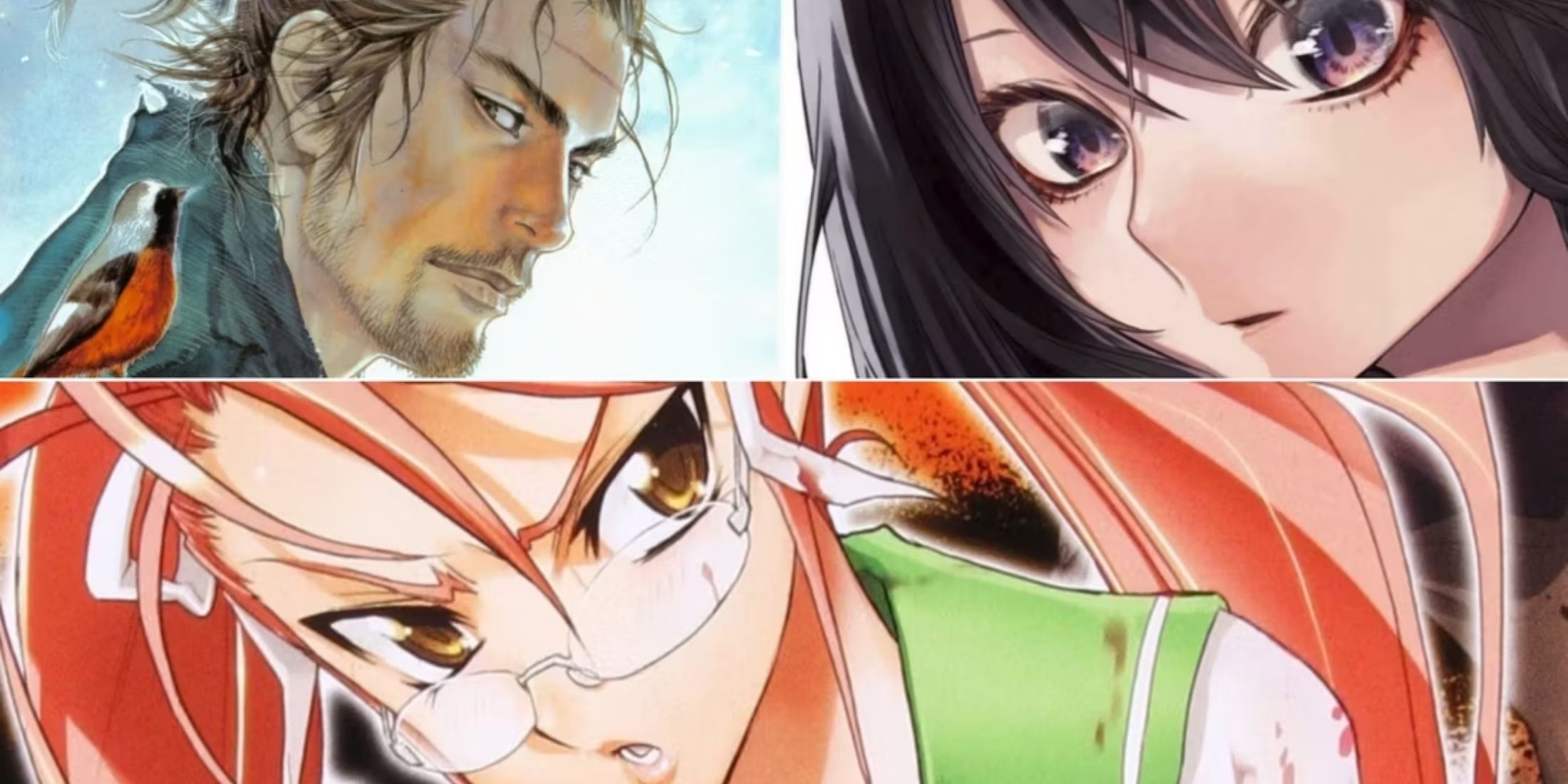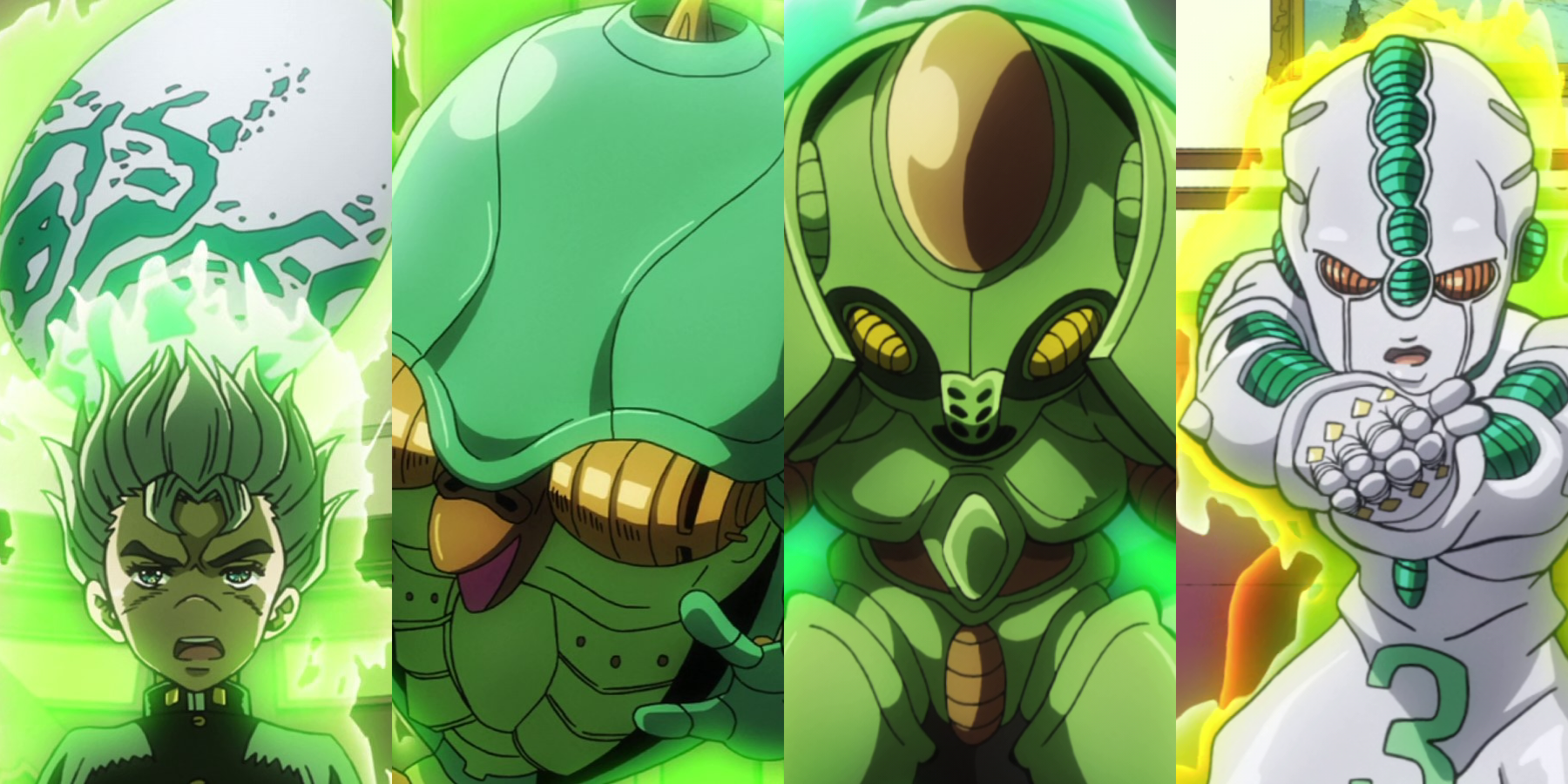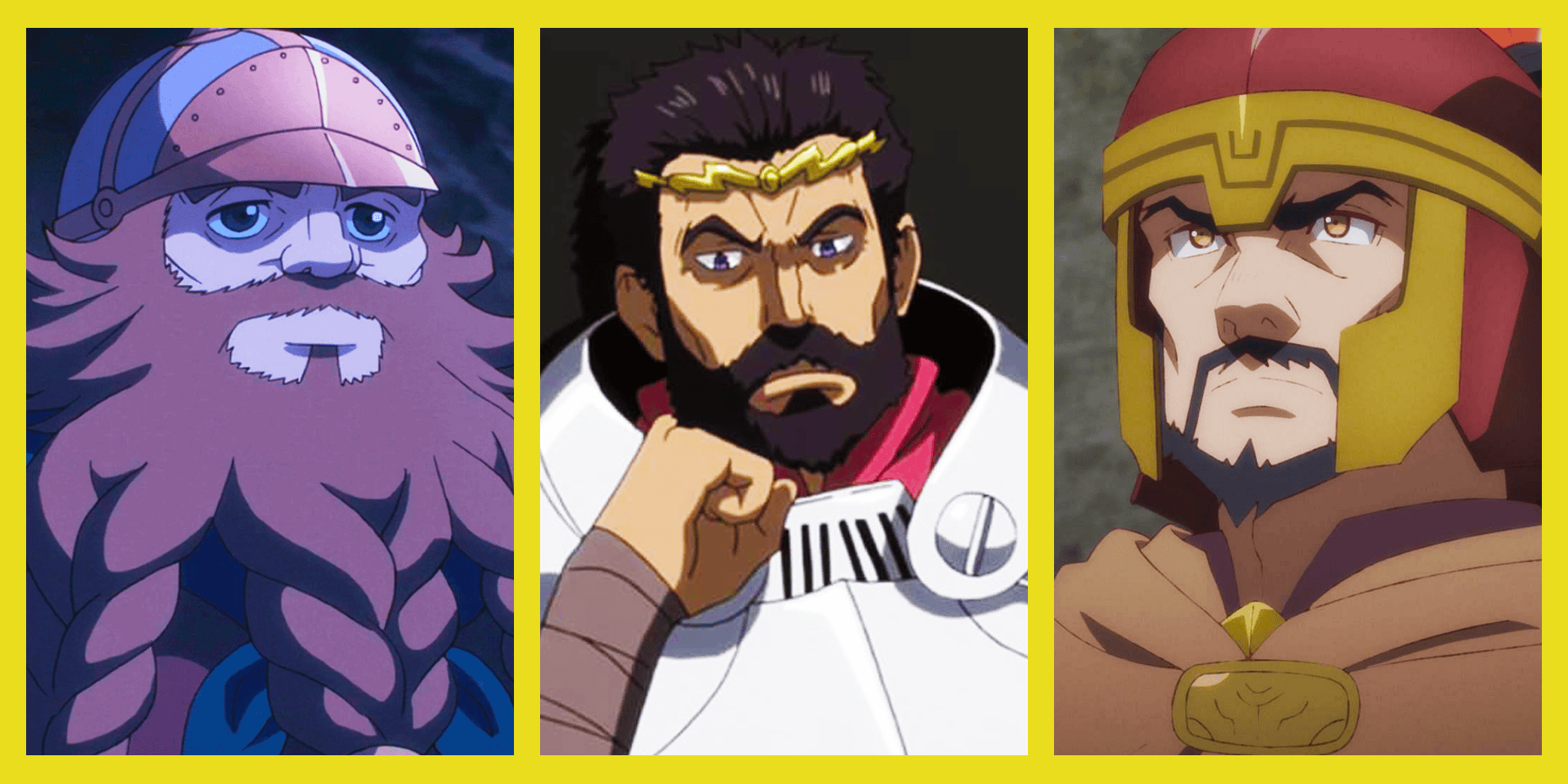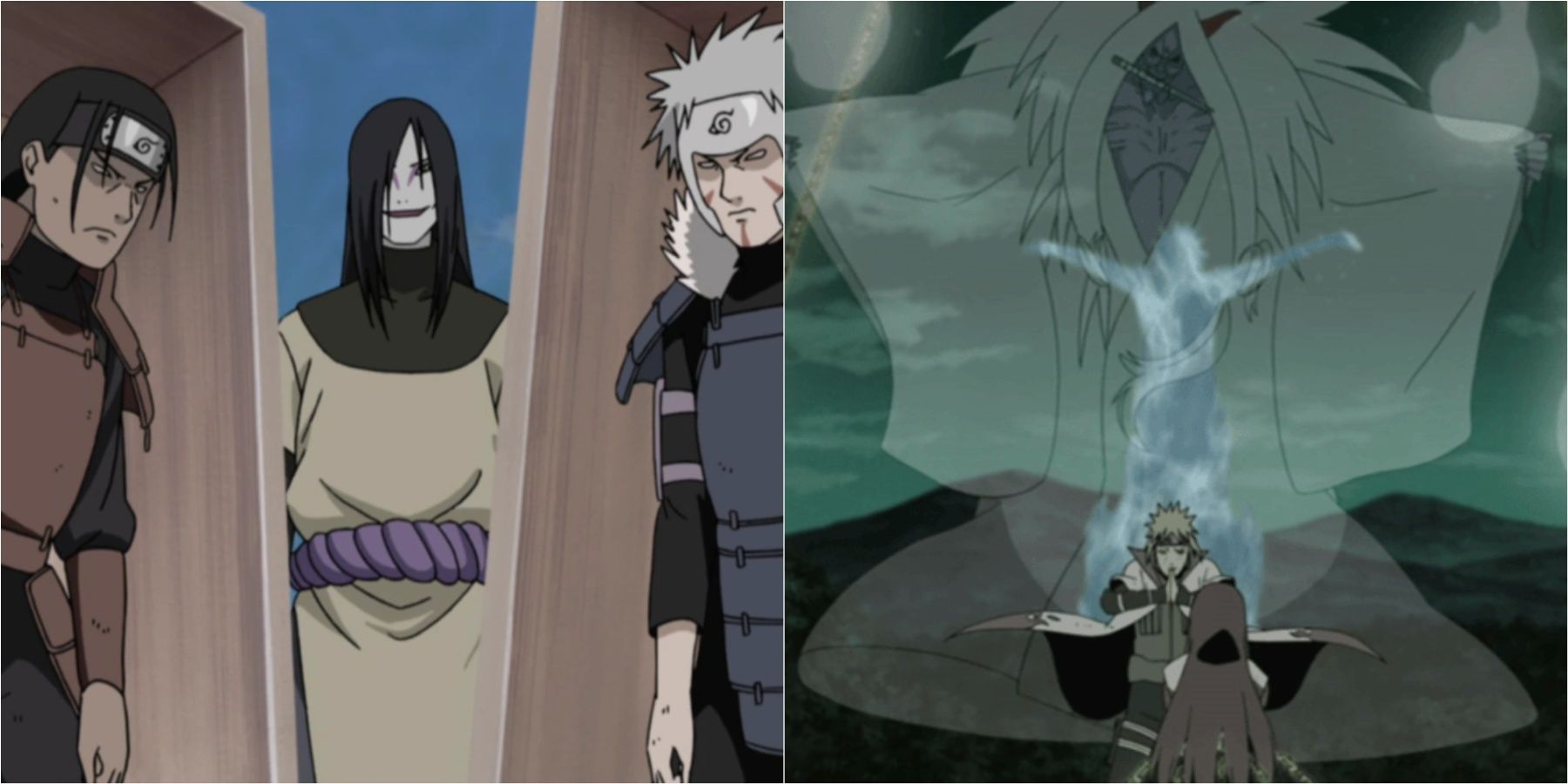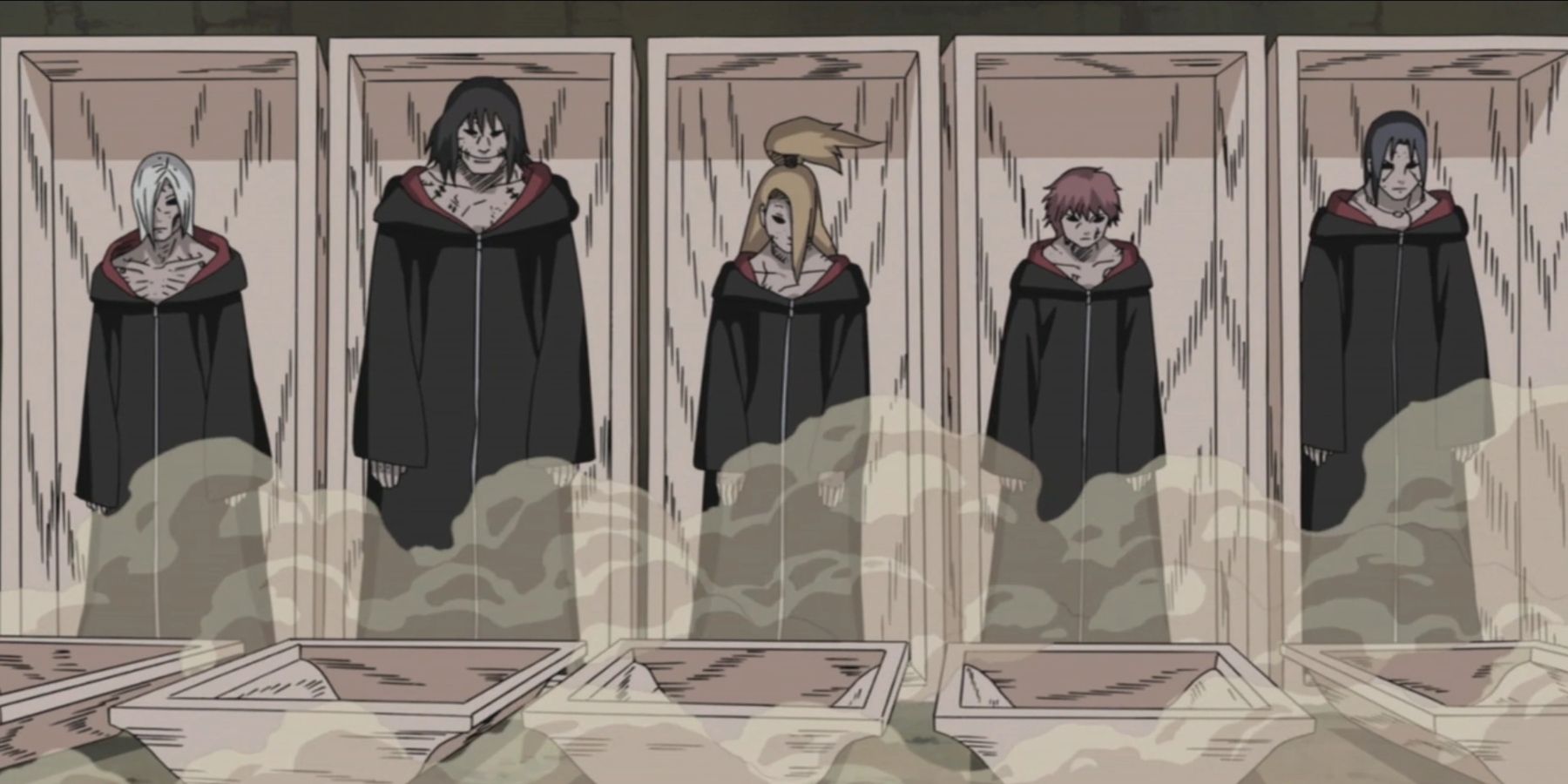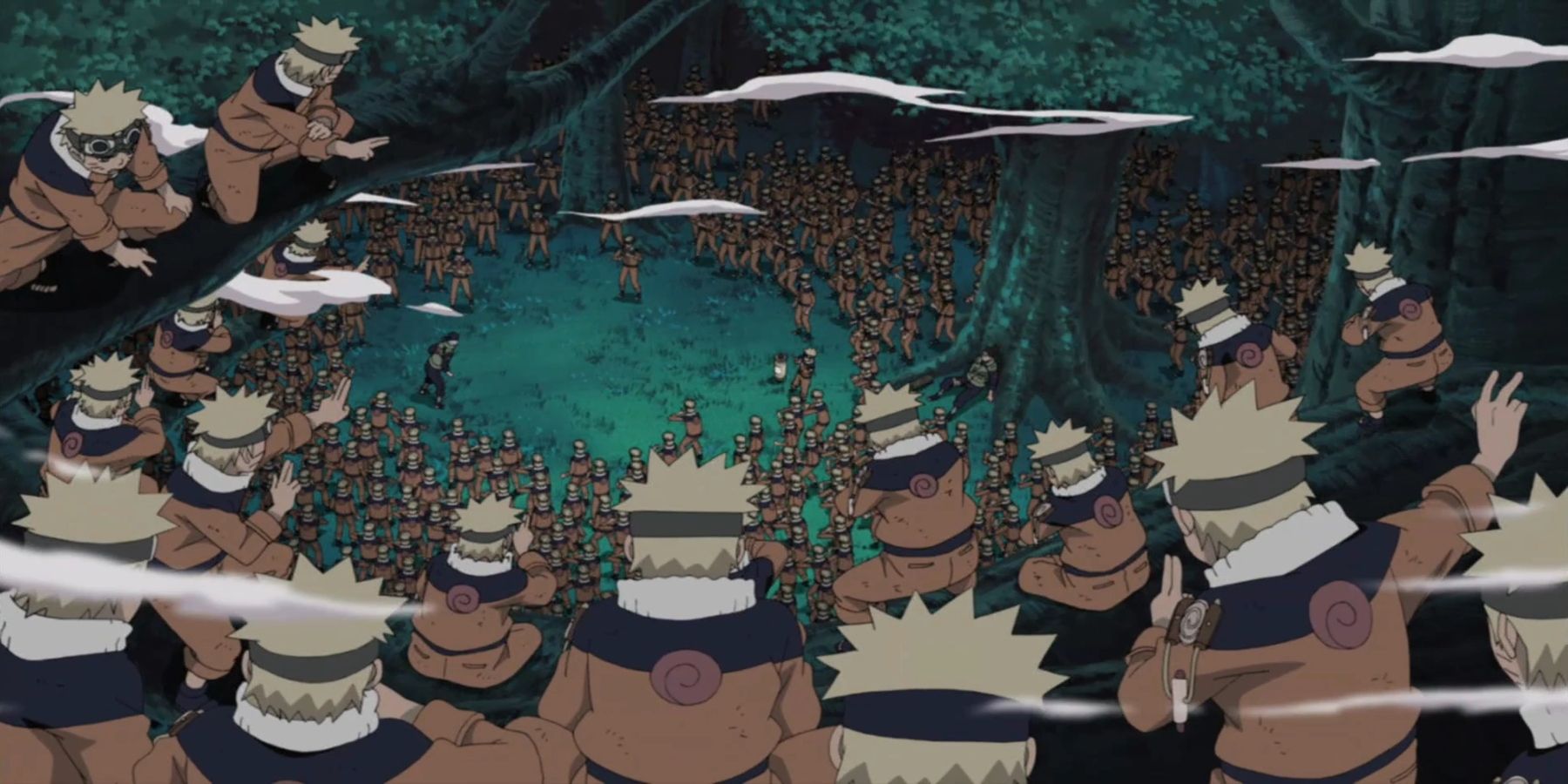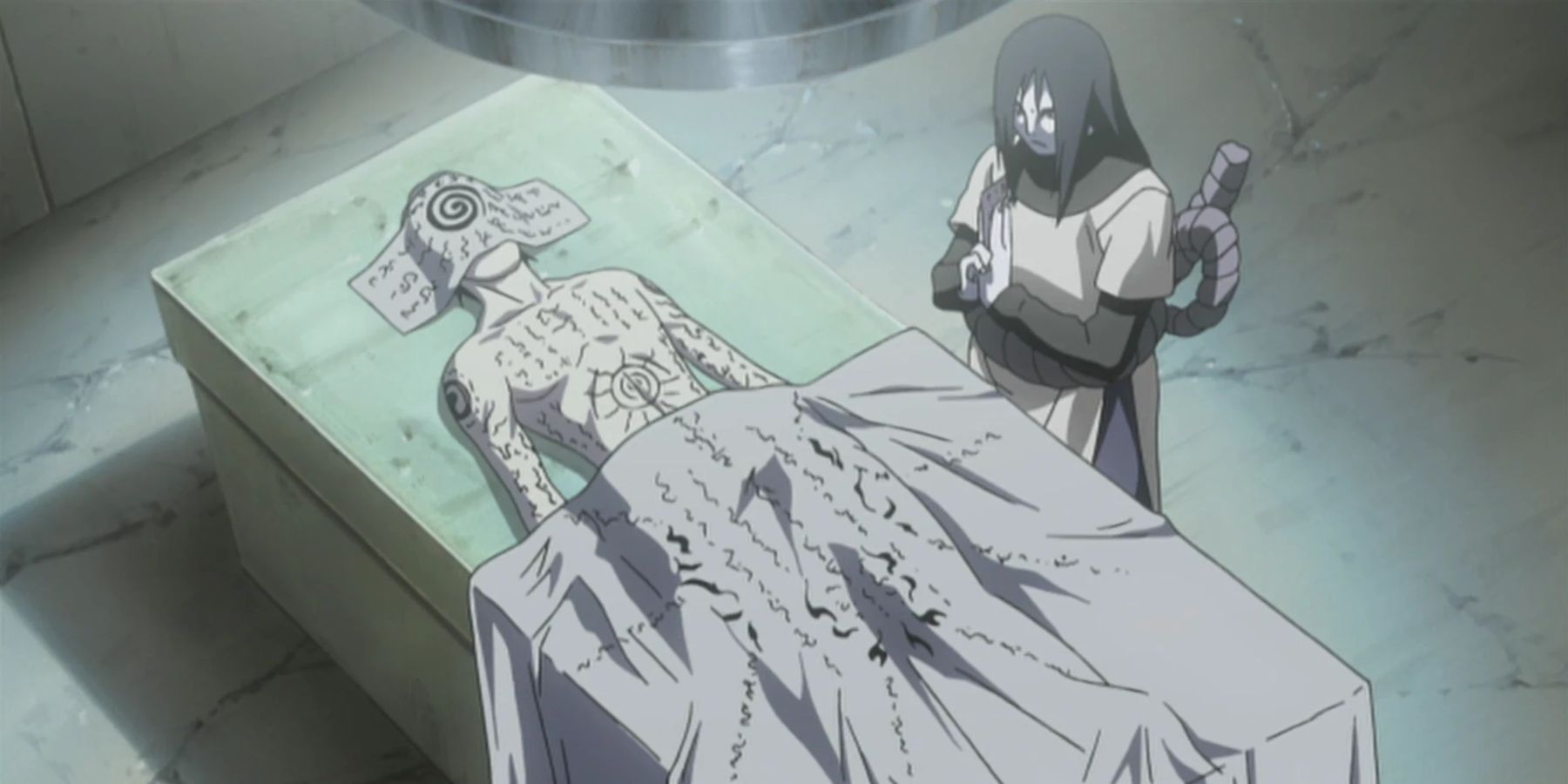The shinobi world has an intricate system of classification for jutsu and techniques, and while most are familiar with the basic categories of Ninjutsu and Taijutsu, another class of techniques exists that few are familiar with – Kinjutsu. Commonly known as forbidden techniques, Kinjutsu encompass all those techniques that have been deemed far too dangerous and unethical by their respective nations.
Once classified as Kinjutsu, the technique in question will be immediately banned from being taught to other shinobi, and its usage will also be restricted. Fans have been acquainted with several Kinjutsu during Naruto's run, though the actual prerequisites for a technique to be deemed as Kinjutsu have rarely been expanded upon.
What Are Kinjutsu?
The term Kinjutsu literally translates to 'forbidden technique' in the Japanese language, and these jutsu are treated as such. An air of secrecy surrounds these techniques and their usage is treated with scrutiny in all nations. The classification of Kinjutsu began right after the conclusion of the Warring States Period, with Shinobi villages banning certain techniques in order to reduce unnecessary bloodshed and maintain peaceful relations with other nations.
Once a technique is deemed as Kinjutsu, it is no longer taught to other shinobi and its contents are kept hidden from the public. Despite being forbidden, however, these techniques are still preserved by their respective villages and are often considered prized possessions that display their capabilities and military prowess. The Hidden Waterfall Village considered the Earth Grudge Fear Technique its most valuable asset, despite the contents being limited to the village elders.
The category of Kinjutsu is quite broad as techniques of all sorts populate this class. Seemingly harmless techniques such as the Multi-Shadow Clone Jutsu can be found right next to otherworldly and downright heinous techniques such as the Impure Reincarnation and Earth Grudge Fear Techniques. Classifying these techniques in the same category may seem absurd at first, yet a closer look at the classification system explains this peculiarity.
Prerequisites for Categorization as Kinjutsu
A few prerequisites dictate which techniques can be categorized as Kinjutsu. One of the most common reasons that leads to techniques being deemed as Kinjutsu is the aspect of self-harm. Reverse Lotus, Twin Snakes Mutual Death Technique, and the Izanagi were classified as Kinjutsu for this very reason, as they would either leave the caster incapacitated or injured. Chakra-intensive techniques are considered Kinjutsu for a similar reason, as extreme chakra drainage can eventually lead to death. This is the reason why the seemingly simple Multi-Shadow Clone Jutsu was categorized as a forbidden technique.
Jutsu that violate the laws of nature are also bound to be banned and deemed as Kinjutsu. The Earth Grudge Fear Technique and Summoning: Impure World Reincarnation were banned for this very reason, as artificially prolonging one's life and bringing back people from the dead go against the laws of nature. Techniques that require a sacrifice are also deemed as Kinjutsu, such as the Hidden Sand's One's Own Life Reincarnation Technique and the Impure Reincarnation Jutsu.
Jutsu that can cause widespread destruction are also deemed as Kinjutsu. The Aburame Clan's Jar of Poison Jutsu was deemed a forbidden technique since it required several dead bodies as a sacrifice, and the resulting destruction would be widespread, sparing neither friend nor foe. The anime-exclusive forbidden technique known as Fury was also classified as a Kinjutsu due to its immensely destructive nature.
Penalties for Using Kinjutsu
Since Kinjutsu are banned from being taught or used, it's safe to assume that stringent penalties would also be set in place. While the usage of Kinjutsu is clearly frowned upon by the shinobi world, there seems to be no set punishment or deterrent for shinobi to avoid using these techniques. Naruto himself has been witnessed using the Multi-Shadow Clone Jutsu since the beginning of the series, yet no one bats an eye to such a clear transgression.
Kakuzu and Deidera were declared as S-rank rogue ninja after they stole the forbidden techniques from their respective villages. However, the harsh reaction came from the betrayal and defection from their villages rather than the act of stealing a Kinjutsu. Orochimaru was also ostracized for his unethical experimentation and human sacrifices and not for the Impure Reincarnation technique. This further becomes evident from the fact that the technique was actually the invention of the Second Hokage, yet he was never critiqued for his immoral invention.
The Third and Fourth Hokage were also deemed heroes for saving the Hidden Leaf Village, despite clearly using a Kinjutsu to stop their respective opponents. This clearly shows that using a forbidden technique doesn't exactly result in harsh punishments, and the consequences are highly situational. Instead, it's the user's intentions and process of acquiring the Kinjutsu that deems them a threat.
Naruto is available to stream on Crunchyroll.

